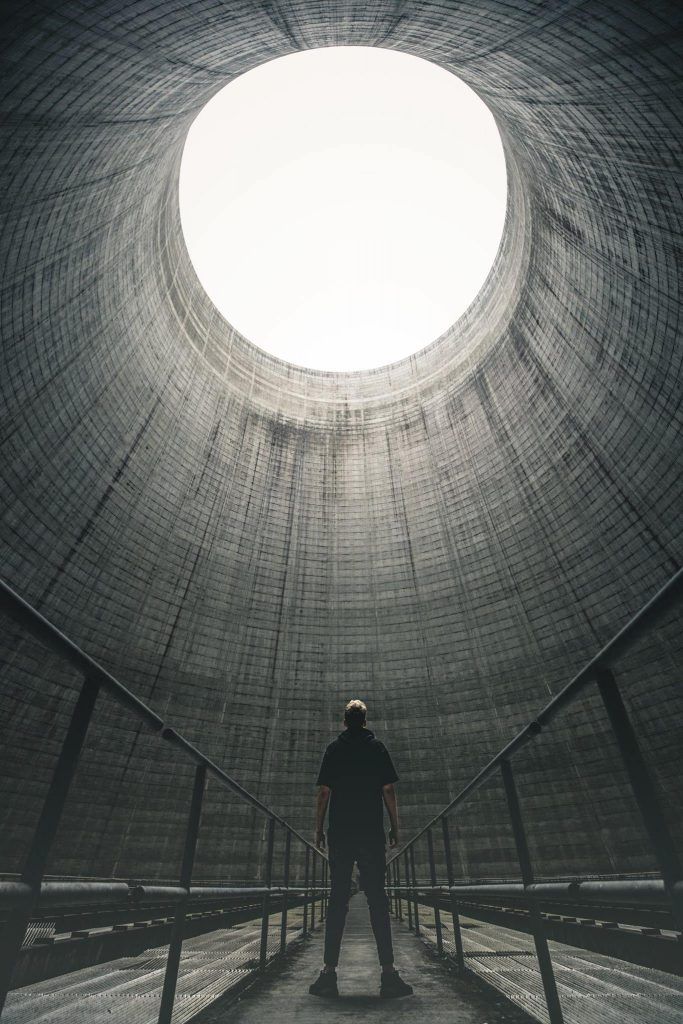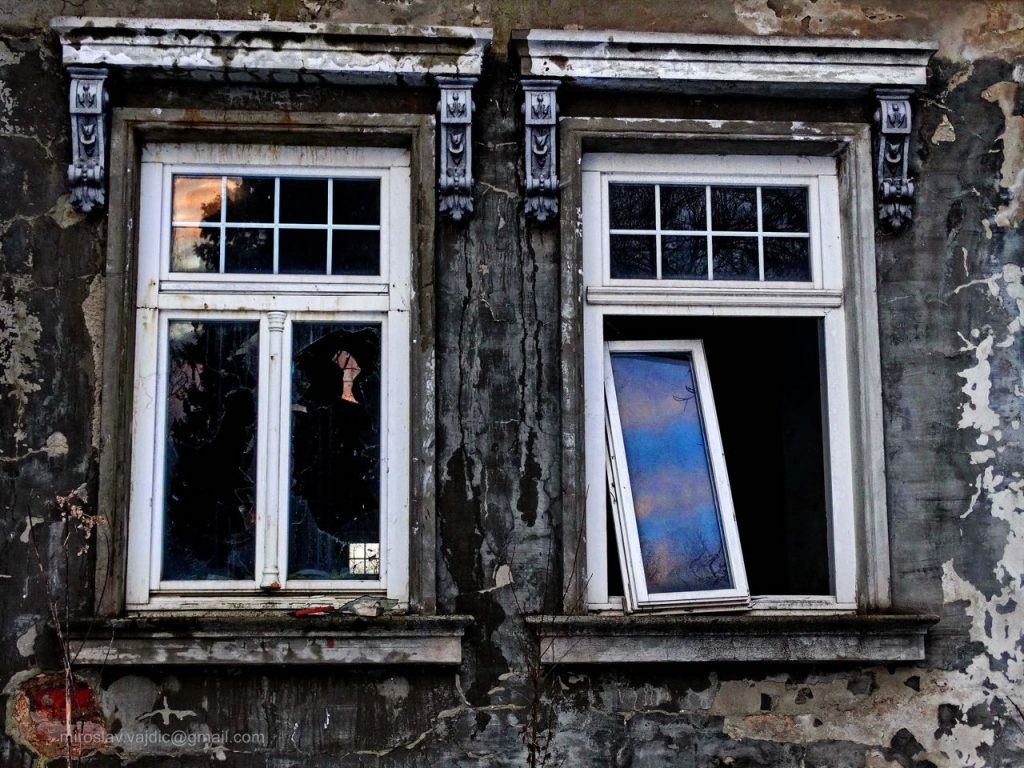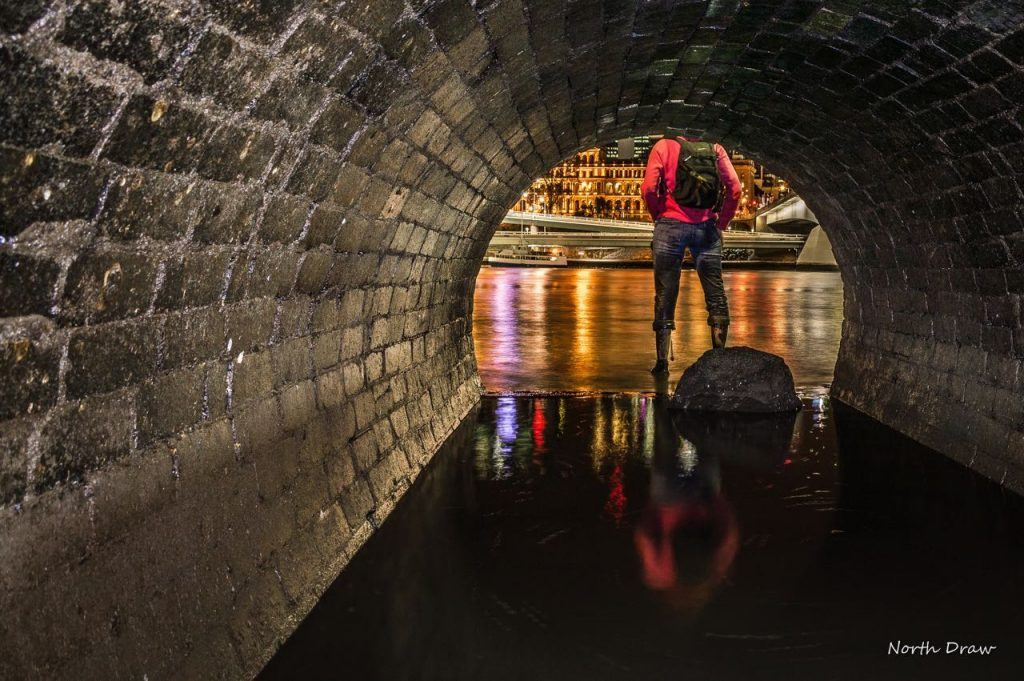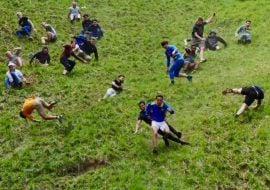A Look Into the Exotic World of Urban Exploration


What is Urban Exploring?
In the past I’ve talked about the rise of athletic activities that take participants off the beaten path. Given this trend, it should be no surprise that urban exploration is also gaining in popularity. Like other adventuring sports, urban exploration takes explorers into new, sometimes dangerous, situations in which they must use their wits and athleticism to make new, sometimes remarkable, discoveries.
From its name, it’s somewhat clear what urban exploration involves — exploring urban areas — but what’s really going on under the surface of your city? Let’s investigate.

The idea behind urban exploration is probably much older than you think. While we typically think of urban explorers as people trudging through old tunnels or making their way up a precarious flight of stairs in half-collapsed building, these aren’t the only man made structures that people like to explore.
More commonly, exploring ghost towns is a remarkably popular (and socially acceptable) pastime. Abandoned owns like Bodie, California; St. Elmo, Colorado; or, closer to my own stomping grounds, Silver City, Idaho; appeal to the wanderlust that we share. There’s something fascinating about exploring abandoned towns, hearing the creak of old buildings, and imagining how these now-silent places were once bustling with activity. It can be a calming and humbling experience and a reminder that people lived before our time and will go on long after us.
This same sentiment explains the hype behind urban exploring. Today’s abandoned and receding cities are yesterday’s ghost towns: untapped sources of discovery and adventure, waiting to be explored.

Inside a nuclear power plant. Photo credit: Exploring with Josh
Many ghost towns are former gold rush hubs that were abandoned once the hype and the gold mines ran dry. The history of urban exploring sites is more complicated and has to do with the backbones and buried secrets of today’s metropolises. Explorers have exciting, and sometimes frightening, discoveries in ruins of the old world, such as the Catacombs of Paris — vast underground structures that house the remains of the dead.
From the modern world, abandoned apartment buildings, hospitals, and factories can make for exciting, and spooky, adventures. Every building has its own history. Some were abandoned for economic reasons, as populations and money travelled elsewhere. Others were abandoned by necessity, as safety concerns rendered the buildings unfit for their previous use. Clues to each place’s fate usually lie within the structures themselves, prompting urban explorers to dig as deep as they can in search of the truth.
Not all exploration targets are abandoned. Some explorers get a special thrill from reaching hard-to-access places in their cities. Places such as the tops of skyscrapers, ongoing construction sites, and towering cranes.
What do Explorers Get?

Urban exploring Villa Samobor. Photo credit: Miroslav Vajdic
Unlike football or hockey, there are rarely trophies for participants in adventure sports. Even prizes like mountaineering’s Piolet d’Or are awarded based on the self-determined expeditions of alpinists. Just as with mountaineering, there is no set competition or organized event for urban explorers. So instead of trophies and medals, urban explorers must be driven by something else.
That something else is different for every explorer, but for many it’s a sense of wonder at setting foot upon rare ground, or a desire to challenge oneself in unique and private ways. The tangible prizes are many and varied. For some, they include artifacts taken from exploration sites. For others, photographs and memories are enough.
At its core, urban exploration is a deeply personal experience, and what each explorer gets out of it is up to him or herself.
Is Urban Exploration Legal? Is it Safe?

Abandoned military building. Photo credit: John Bunting
Unsurprisingly, much of urban exploring takes place in a legal gray area. This is hardly uncommon among adventurers; in 2015 legendary rock climber Dean Potter and his friend, Graham Hunt, died during an BASE jump in Yosemite National Park. BASE jumping is illegal in Yosemite. Urban exploring isn’t quite as dangerous or controversial as Potter’s freebasing — free climbing protected by a parachute — but it does carry risks, both legal and personal.
Perhaps chief among the legal problems brought about by urban exploration is trespassing. Many buildings, though no longer in use, are still owned by someone, and owners don’t always take kindly to explorers digging through their property. Less common, but still serious, is theft. Even if nobody is using it, it’s still illegal to take items from a building owned by someone else. In the case of sites like Paris’s catacombs, theft can be very serious if it involves artifacts of historical significance.
It’s important to note that urban exploration is not, by definition, illegal. Budding explorers can exercise their own good judgement to avoid legal trouble and still have great adventures.

Underground exploring North Draw storm drain. Photo credit: darkday
Safety is also a concern for urban explorers. Straightforward dangers like poor structural integrity and broken-down construction are sometimes an issue, but lesser-known dangers can also be present. Many older buildings, prime targets for urban exploration, used asbestos in their construction. Although asbestos has fallen out of fashion lately, there’s very little in the way of legal restrictions against its use. In Canada, asbestos was only recently banned and in the United States there are no laws against its use, in spite of past attempts to that effect.
Urban exploration can be dangerous, but it can also be exciting, physically challenging, and full of wonder. If you have your eyes set on some spooky-looking ruins in your area, be sure to use your best judgement about safety issues. As with hiking in remote areas, always tell someone where you’re going and when you expect to be back. As long as you’re careful, you can have a great time with urban exploring.
Exploring abandoned places below with Exploring with Josh
Related Articles:
How To Find Adrenaline When your Stuck In A 9 to 5
Last updated on Jan 10, 2020Have you subscribed to our Newsletter or Podcast? Listen to us on Apple Podcast and Spotify and follow us on Facebook, Instagram Twitter and YouTube.








